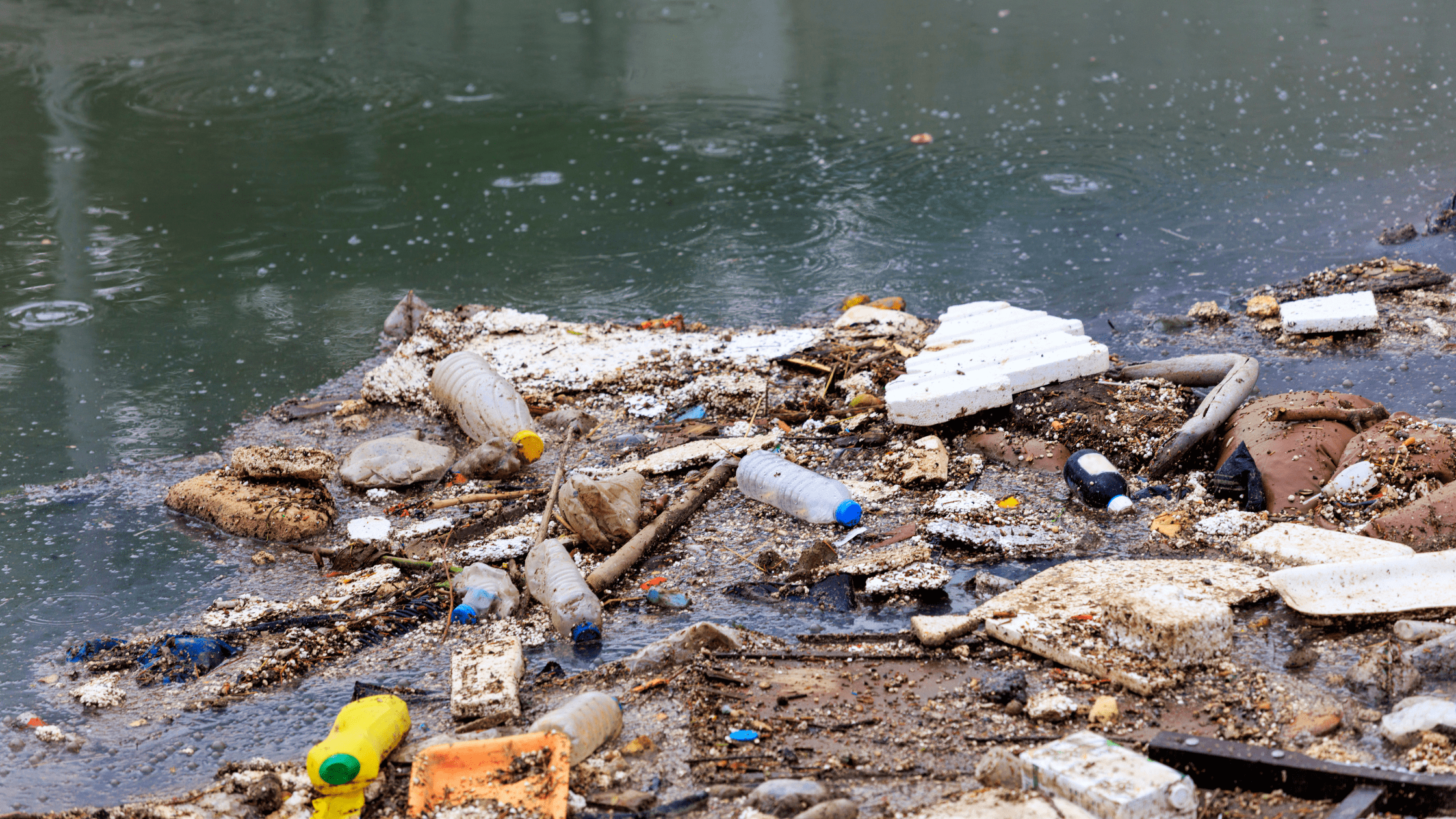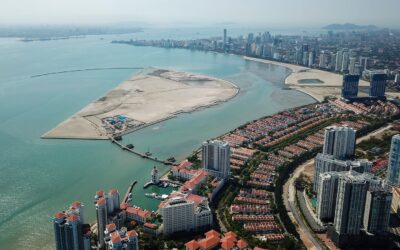India is facing a huge problem of water pollution as reported.
Introduction: Water pollution occurs when harmful substances—often chemicals or microorganisms contaminate a stream, river, lake, ocean, aquifer, or other body of water, degrading water quality and rendering it toxic to humans or the environment.
Extent of Water Pollution in India
River Water Pollution
As per CPCB (2018), there were 351 polluted river stretches (302 in 2015) in the country, and 45 of them were critically polluted.
Nearly 1/3rd of the polluted river is in Maharashtra, Assam, and Gujarat.
The assessment highlighted 4 significant stretches of pollution
- (The Mithi river—Powai to Dharavi),
- (The Godavari—Someshwar to Rahed),
- (The Sabarmati—Kheroj to Vautha) and
- (The Hindon—Saharanpur to Ghaziabad).
The highest number of polluted rivers stretches are in Maharashtra i.e., (53), Assam (44), Madhya Pradesh (22), Kerala (21), Gujarat (20), Odisha (19), and West Bengal and Karnataka (17).
Sources of Pollution:
- The discharge of untreated sewage from cities and towns and industrial effluents in their catchments,
- Problems in maintenance of sewage
- Effluent treatment plant
- Lack of dumping of solid waste on river banks and other non-point sources of pollution.
Rapid urbanisation and industrialisation have compounded the problem: As per the CPCB report (2021), sewage generation from urban areas is estimated = 72,368 (MLD), but sewage treatment capacity of only 44% was available.
The gap between sewage generation and treatment become a major source for increasing river pollution.
Ground Water Pollution
•As per the reply of Central Government in Parliament in 2018, the groundwater is contaminated with the excess nitrate in 386 districts, fluoride in 335 districts, lead in 93 districts, chromium in 30 districts and cadmium in 24 districts, iron in 301 districts, salinity in 212, arsenic in 153 districts of different states across India.
•Many districts have more than 2 or 3 toxic elements in their groundwater.
• Punjab, Haryana, Uttar Pradesh, Tamil Nadu, Telangana and West Bengal reported presence of all toxic elements, (heavy metals included), in the groundwater of their one or the other district.
• Industrial discharges, landfills, fertilizers and pesticides are possible sources of contamination of groundwater.
• Experts believe geological sources also cause contamination when ground water levels fall down to levels where these toxic elements are present.

Marine pollution is the pollution of the water in oceans and seas.
- Point sources are domestic sewage and industrial waste.
- Non-point sources are draining to coastal waters including surface run-off from agriculture, agrochemicals, desertification, deforestation and Oil spill is also prominent pollutant.

The Consequences of Bad Water Quality: The Increasing Risk
Social and Political Risks: India hosts over one-sixth of the global population, and serving the food requirements of its entire population will be a daunting task. Water dearth due to a lack of drinkable water will make this task of providing food security will become a hard task.
- The declining Groundwater coffers, which regard for nearly 2/3rd of irrigation water, highlight serious water enterprises for the Agro-based sector.
- Being downstream of polluted stretches in India is associated with a 9% reduction in agricultural revenues and a 16% drop in downstream agricultural yields.
- Climate change will only further increase the country’s food security challenges.
Water Security: According to the National Sample Survey Office’s 76th round:
- 21.4% households in India have piped drinking water connections. \
- The situation is poor in rural India, just 11.3% of households receive potable water at homes directly.
- In urban India, 40.9% of households have piped water connections.
- The current water pollution raises a significant challenge to Jal Jeevan Mission- Rural and Urban governments to provide potable tap water 24X7.
Exceeding the carrying capacity of urban hubs: India’s urban population is expected to reach 600 million by 2030 with water demand expected to double by that time.
- Hampered Gender Mainstreaming: Women are always at the receiving end of a water crisis as they have to travel far in search of good quality water.
- Disease burden and Inequality may rise as health impact and other related aspects of poor water quality affects the poor the most.
- Interstate water river disputes may also be worsened due to political compulsions to fulfill the water needs of the population.
Economic Risks: Poor water quality may lead to a water crisis hence it will hamper the production capacity will lead to threaten the livelihoods of millions and rising commodity prices. Such conditions may lead to economic instability, resulting in an economic crisis.
- Risk of Biodiversity Reduction: Poor water quality may create the dead zone and biological deserts in the freshwater ecosystem. It may lead to mass mortality and deterioration of biodiversity and water quality.
- Risk of Desertification: Water management and desertification have a mutual relationship. Extensive groundwater extraction contributes to the loss of vegetation cover, which eventually leads to desertification. Increasing desertification and land degradation reduces the green cover, it reduces the land’s capacity to recharge groundwater.
The Way Forward
- The main challenge is to improve the management of the water quality: In Indian water sources comprise of temporary and spatial variation of rainfall. The uneven geographic distribution of surface water resources, the continuous drought phenomenon, misusage of ground water and contamination of water due to treated, semi treated and untreated wastewater from urban settlements, industrial establishments and runoff from irrigation sector besides poor management of solid waste and animal dung in rural areas.
- Decentralised and Inclusive approach: Involvement of Panchayats (Local level governance) and cities along the river to prepare river cleaning plans and continuous monitoring of river water quality with the help of central agencies such as CPCB, SPCBs and Ground Water authorities.
- Watershed and River basin-based approach: This entails the planning for entire river system including the tributaries. This will ensure holistic development of river basin in terms of water quality and river ecosystem.
- Both the above approaches are being utilised under the National Mission for Clean Ganga (NMCG) by developing Ganga Grams, Ganga Prahari (A cadre of motivated volunteers from the local community) and Ganga River Basin.





0 Comments